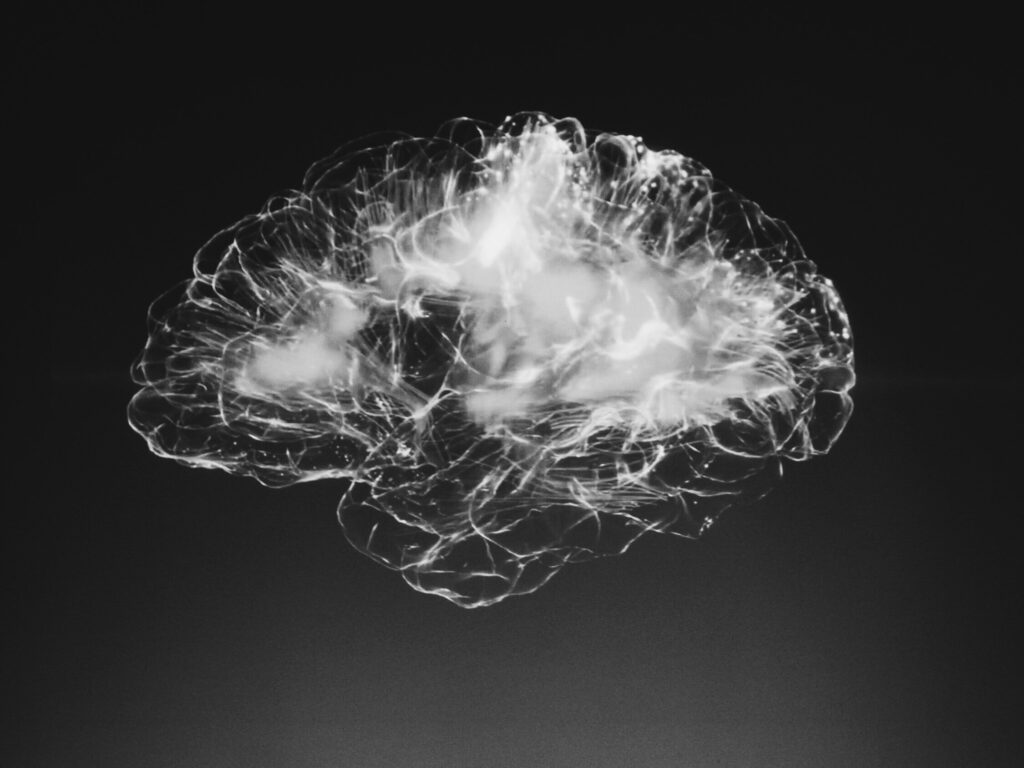As 2020 comes to an end, it’s hard not to think of the impact the last year has had on the mental health of people nationally and globally. The volatility and uncertainty of the current times seem mostly to blame as they’ve contributed to numerous compound stressors. By naming the rise of mental health challenges, it may become easier for some people to realize they are not alone.
2020 Mental Health Statistics
The below statistics, reported by The American Psychological Association and Mental Health America’s annual State of Mental Health Report, depict the impact of how profound 2020 has been on national mental health.
• 19% of adults report a decline in mental health
• Suicidal Ideation increased by 0.15% in adults
• 50% of students say believe their mental health is poor
• Due to mental health symptoms, at least 30% of students are struggling in school
Ages Hit Hardest by Mental Health Issues
Reports show young adults being affected most by mental health issues in the last year. 34% of Generation Z and 21% of Generation X exhibit an increase in depression, trouble sleeping, thinking, difficulty concentrating, and restlessness. Those attending high school or college experienced elevated symptoms due to difficulty in planning for the future.
Mental Health Issues Occurring Most Often
In the last year, major depression and generalized anxiety disorder appear most highly experienced within the United States. Other adverse mental health conditions exposed high stress levels including panic attacks, insomnia, and chronic loneliness. Symptom reduction often could not be achieved due to individuals struggling with unhealthy coping mechanisms. As a result, a marked increase in substance use disorders has been reported.
Treatment Sought by Affected Individuals
While mental health facilities and providers are available to treat a spectrum of mental health issues, most Americans did not get the help needed in 2020. In fact, about 61% of older adults and 82% of younger adults wished they received more support during this time. At least 60% of young people who had depression or other mental health struggles never sought mental health treatment for symptoms. Out of those who did seek clinical treatment, only 27% received care consistent enough to help alleviate symptoms.
The Cause of Mental Illness in 2020
Beyond national and global adversity felt in 2020, the COVID-19 pandemic has been recorded as the greatest challenge. This fast-spreading virus holds responsibility for infections resulting in the deaths of over 1.88 million globally. Orders for shelter in place elevated loneliness expanding across many social circles. Others have been exposed to suffering as a result of job loss and the financial burdens to follow. A massive experience of grief and loss has been debilitating for loved ones remaining isolated at times of death or mourning. In parallel with a global pandemic, stressors tied to an election year in the U.S. and social justice reckonings afflicted individuals with unmanageable concern.
Connection to Hope and Support
If you, or someone you love, is struggling with a mental health challenge, please remember that you are not alone, and that help is available. Consider reaching out to your support system, or connecting to a primary care physician, therapist, or psychiatrist. Therapy, medications, and lifestyle modifications can all be an important part of mental health treatment and can help all of us get through difficult times. While positive change is likely around the corner, stressors are often present and out of our control. Having a mental health support system in place to help us develop our toolbox of coping skills and strategies is always helpful.
If you or a loved one is seeking treatment in mental health treatment in Orange County, California, The Mental Health Collective is here to help.
DO YOU HAVE A QUESTION?
Send our team a message or call 888.717.9355
